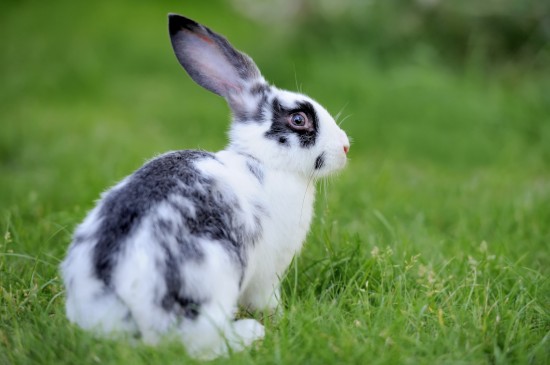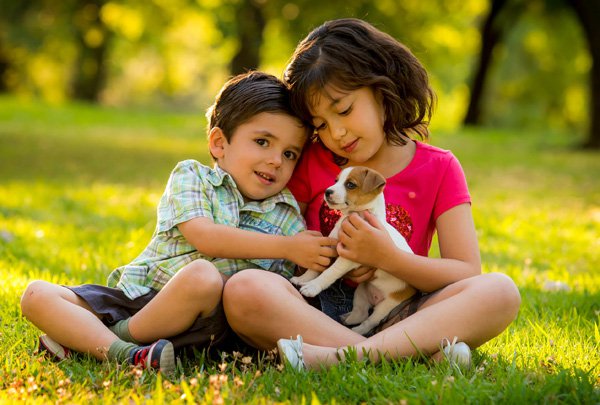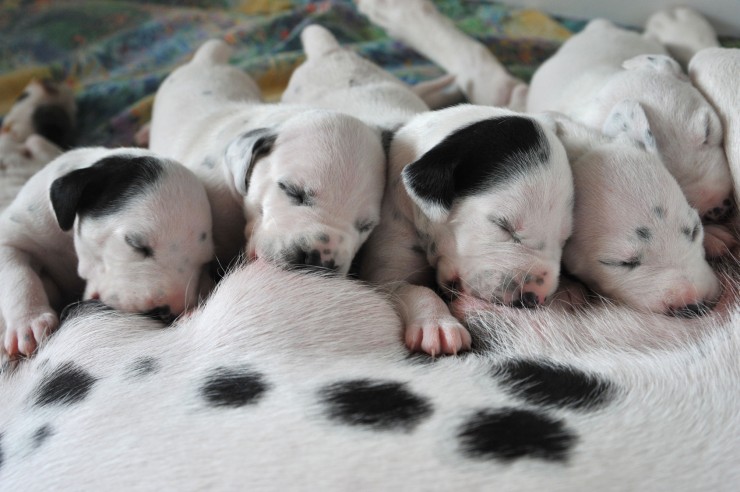

If you are thinking about getting a first pet for your children, you have to make sure they understand the responsibility of looking after them properly. A first pet can teach a child so much as long as they stay committed to being there when their pets need them. This means children need to learn how to feed them correctly, and to make sure their pet has plenty of clean, fresh water and a nice clean environment to live in, not forgetting the time they need to spend with the pets so they stay happy and healthy.
Rabbits are among the nicest pets an older child can have so they learn all about these responsibilities, and if they are well looked after, bunnies will be around for quite a while. Over recent years, many people keep them as “house” pets, teaching their rabbits to use indoor litter trays – and they make fantastic pets, reveling in the company of their owners when they are kept in a home.
There are lots of rabbits in rescue centres that need new caring and loving homes, so if you are thinking about getting one, you should first consider adopting rather than buying. However, if you have never kept a bunny before, there are certain things you need to know about them so they stay happy, healthy and safe when you get them home.
If you're going to keep your pet rabbit in an outdoor hutch, then remember pine shavings should not be used for their bedding – this applies to other small mammals too. The reason being that the natural oils in the wood are harmful to them and causes liver damage as well as other health problems.
Don't use any clumping type litter in their litter trays either because if the rabbit eats any of it, this could get caught in the gastrointestinal tract and cause a blockage. Plain litter is not recommended either as it tends to be too dusty causing rabbits to suffer from respiratory problems.
If you are planning to re-home a “house rabbit”, the chances are they will already have been litter trained. You might just have to see where your adopted bunny would prefer their litter box to be and then place it there for the first few days or so. Think of the process as a negotiation between you and your rabbit. You might have to place several litter boxes around to start off with – but as soon as bunny settles in and gets the lay of the land, you should be able to limit it to just the one or maybe two.
When it comes to feeding your new rabbit, the majority of their diet should consist of a good quality hay and you would need to make sure they have constant access to it as well as fresh, clean water. You can supplement their diet with green leafy vegetables and only feed rabbit pellets in small amounts. The best rabbit pellets are the plain ones that don't contain too many “treat” bits in them which includes things like nuts, corn and seeds. If fed long-term, these “titbits” can have a seriously bad effect on your rabbit's overall health and well being – so best avoided altogether.
You have to make sure the area you let your new rabbit runs around in is safe and secure – whether the run is outside or indoors. Remember rabbits adore chewing and they are very, very good at it. They will chew through electric wires, carpets and all sorts of other things found in the home, so you need to make sure they don't have access to things that might be harmful to them. Although traditionally rabbits have been thought of as “outside pets”, they do live longer when kept indoors - anything from 7 to 10 years!
If you come home and find your new “indoor” pet has had an accident – you should never tell them off or punish them. Rabbits are very sensitive and this sort of “discipline” doesn't work on them. You need to be patient and just keep your cool when you train a rabbit to use a litter tray.
Remember, not all vets will treat rabbits, so before you re-home one from a rescue centre it's worth checking your local vet will be able to treat them should they fall ill or need any sort of veterinary attention and if they don't, find a vet who will be able to.
If you find your rabbit is suffering from diarrhoea then you should treat this as a serious condition and seek veterinary advice.
Although rabbits make great first pets for children – they are not ideal pets for toddlers or very young children. Toddlers can often play a little too rough with animals simply because they haven't learned the rules – they might also drop a rabbit which could cause the animal to suffer a serious injury like a broken bone!
Common ailments rabbits are prone to suffer from and which you would need to watch out for are as follows:
All rabbits in rescue centres will have been spayed or neutered before they are re-homed, so this is one less thing you would need to worry about when adopting one and offering them a second chance.
Adopting a rabbit from a rescue centre offers you the “feel good” factor of knowing you are giving a lovely creature a second chance to live out their lives in a caring and loving environment. Rabbits make wonderful pets to have around a home and are ideal if you are looking for an indoor companion that's not too demanding – although some people have been known to take their bunnies out for walks on a lead. However, a rabbit would be quite happy just to be with you when you get home and will follow you around just like a dog – sometimes nipping at your heels!
 The process of moving to Singapore with dogs- what you need to know
The process of moving to Singapore with dogs- what you nee
The process of moving to Singapore with dogs- what you need to know
The process of moving to Singapore with dogs- what you nee
 Njbr Doing Its Part To Rescue Boxers
Im always happy when I open my email and see that Ive re
Njbr Doing Its Part To Rescue Boxers
Im always happy when I open my email and see that Ive re
 Pet steps - who do they really benefit?
Pet steps - who do they really benefit?
Do pet
Pet steps - who do they really benefit?
Pet steps - who do they really benefit?
Do pet
 Adopt A Cat And Get A Gift
On 9 June, I read on Google news a very unusual announc
Adopt A Cat And Get A Gift
On 9 June, I read on Google news a very unusual announc
 Assessing The Potential Buyers Of Your Pedigree Puppies
Assessing The Pot
Assessing The Potential Buyers Of Your Pedigree Puppies
Assessing The Pot
Copyright © 2005-2016 Pet Information All Rights Reserved
Contact us: www162date@outlook.com